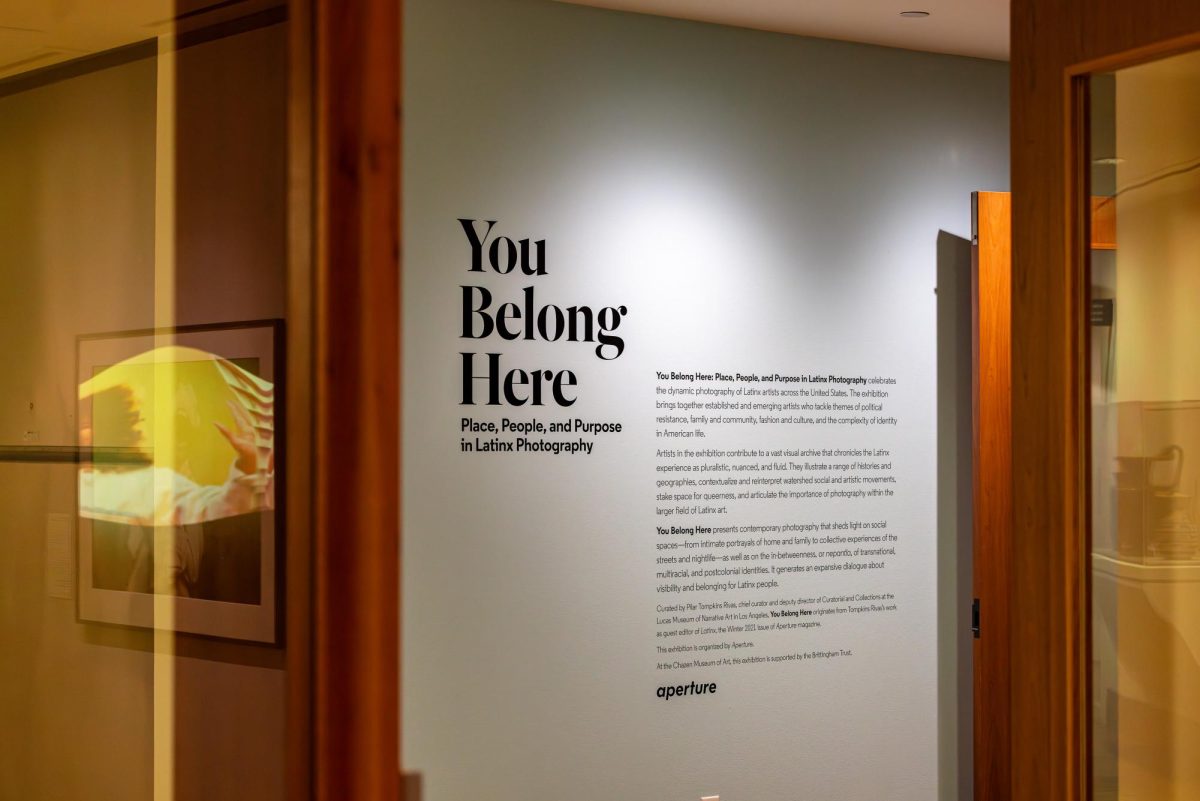As the Department of Art History celebrates its centennial this September, University of Wisconsin alumni are flocking back to campus to participate in panel discussions. Reflecting on transforming curatorial practices, three curators and art historians led a riveting dialogue on the challenges and changes within their field.
Hosted by the Chazen Museum of Art and moderated by the chief curator of the Chazen Museum, Katherine Alcauskas, and UW professor of visual studies Jill Casid.
The panelists include art history alumni, the DeMartini Family Curator at the Whitney Museum of American Art Marcela Guerrero, Senior Curator of Photography at the Huntington Library Linde B. Lehtinen and the Sondra Gilman Curator of Photography at the Whitney Museum Drew Sawyer.
Reflecting on their time at UW, Guerrero highlighted her gratitude toward the breadth of knowledge and methodologies the department teaches.
“These are voices that artists are still responding to,” Guerrero said.
Lehtinen shared thanks for the school’s extensive physical history, citing that her inspiration for art history came from the research she did through the art museum and historical society.
Originally an economics major, Sawyer fell in love with art history, with the methodologies and theories he learned at Madison following him to his later academic ventures.
The panelists discussed the changes they aim to bring to the curatorial space through their various projects and in their roles.
Each spoke about their efforts to make museum spaces inclusive. Guerrero fought to have didactics such as wall text be in both Spanish and English to reflect the diversity of her exhibits and push the Whitney Museum toward increased inclusion.
At the Huntington Library, Lehtinen expanded the photography exhibition to showcase Filipino and Filipino American art, shifting the galleries from the Eurocentric approach they had taken to 21st-century photography.
Sawyer focused the conversation on the topic of audience retention, emphasizing how — especially after the pandemic — the attendance numbers of exhibits have not risen.
“Even as tourism has come back, the attendance for museums has not rebounded in the same way,” Sawyer said.
To attract attention, museums have made exhibits more interactive — a polarizing shift that Sawyer encourages embracing as a means of maintaining creative focus rather than resisting an inevitable institutional change.
With hope for the future, the curators spoke on personal and institutional challenges impacting their work. In light of the lack of Latinx spaces and other minority groups in academia, Guerrero hopes that her and Lehtinen’s work can make up for it.
“Our exhibitions are hopefully filling in the gap and creating future scholars in that area,” Guerrero said.
“Sometimes the inherent nature of the show draws people in and you don’t need these bells and whistles every time,” Lehtinen said.
Guerrero and Sawyer were named 2026 Whitney Biennial Curators last year and hope to bring into practice what they discussed at the panel in the nation’s most prestigious exhibition.



